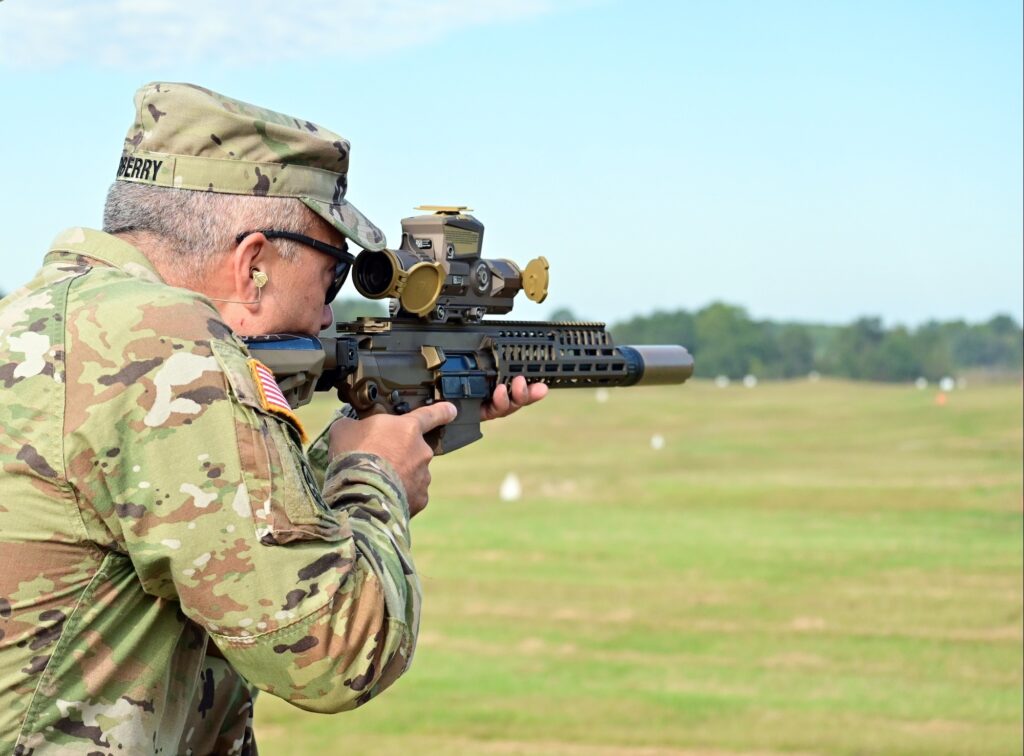Machine guns have been a game-changer in warfare for over a century, revolutionizing battles and shaping the outcome of conflicts. The historical overview of machine guns spans from their early development in the 19th century to their continued evolution and impact on modern warfare. The hand-cranked Gatling gun invented by Richard Gatling in 1861 marked the early precursor to modern machine guns. The devastating impact of machine guns during World War I led to the development of new tactics and strategies on the battlefield. Technological advancements led to the development of more sophisticated and efficient machine guns and they continue to play a crucial role in military operations worldwide. As technology advances, the significance of machine guns in military strategy and tactics is likely to persist.
Historical Overview of Machine Guns: Revolutionizing the Battlefield
Introduction
Machine guns have revolutionized warfare, changing the dynamics of battles and shaping the outcome of conflicts for over a century. The history of machine guns is rich and complex, from their early development and use in World War I to their continued evolution and impact on modern warfare. In this article, we will explore the historical overview of machine guns, tracing their development from the 19th century to the present day.
Early Development
The origins of machine guns can be traced back to the mid-19th century, with the invention of the hand-cranked Gatling gun by Richard Gatling in 1861. This early precursor to the modern machine gun was capable of firing multiple rounds per minute, making it a formidable weapon on the battlefield. However, it was not until the late 19th and early 20th centuries that machine guns truly began to revolutionize warfare.
World War I
The devastating impact of machine guns was most evident during World War I, where they were used extensively by both the Allied and Central Powers. The ability of machine guns to lay down a withering hail of fire made them a formidable weapon, prompting the development of new tactics and strategies on the battlefield. The use of machine guns in trench warfare and in defensive positions made them a key factor in the stalemate that characterized the Western Front.
Evolution of Machine Guns
Following World War I, technological advancements led to the development of more sophisticated and efficient machine guns. The introduction of air-cooled and gas-operated machine guns, such as the famous Browning M1919, improved their reliability and allowed for sustained fire. Subsequent conflicts, such as World War II and the Korean War, saw the further refinement and use of machine guns, cementing their place as a critical weapon on the battlefield.
Modern Warfare
The evolution of machine guns has continued into the modern era, with the development of more advanced and versatile models. The adoption of lighter materials and improved ammunition has made machine guns more portable and effective, leading to their widespread use in both conventional and unconventional warfare. Today, machine guns play a crucial role in military operations around the world, serving as a primary weapon for infantry units and special forces.
Conclusion
The historical overview of machine guns reveals their significant impact on warfare and the battlefield. From their early development in the 19th century to their continued evolution and use in modern warfare, machine guns have shaped the outcome of conflicts and revolutionized the way wars are fought. As technology continues to advance, it is likely that machine guns will remain a key factor in military strategy and tactics for years to come.
